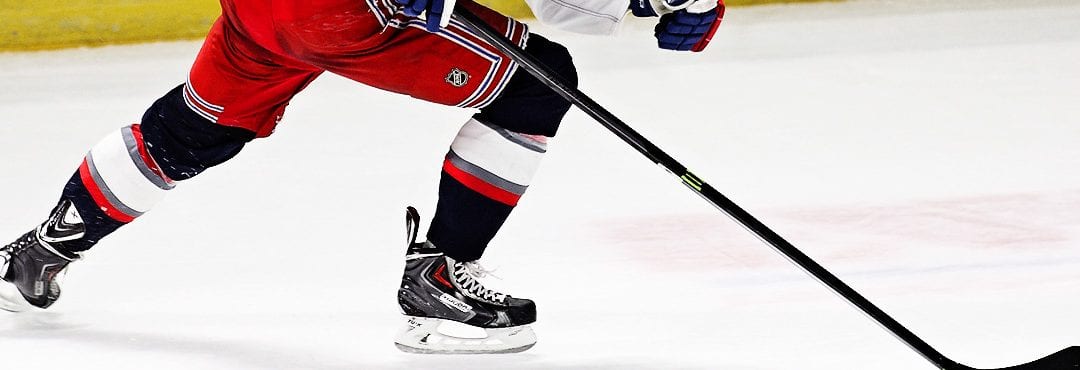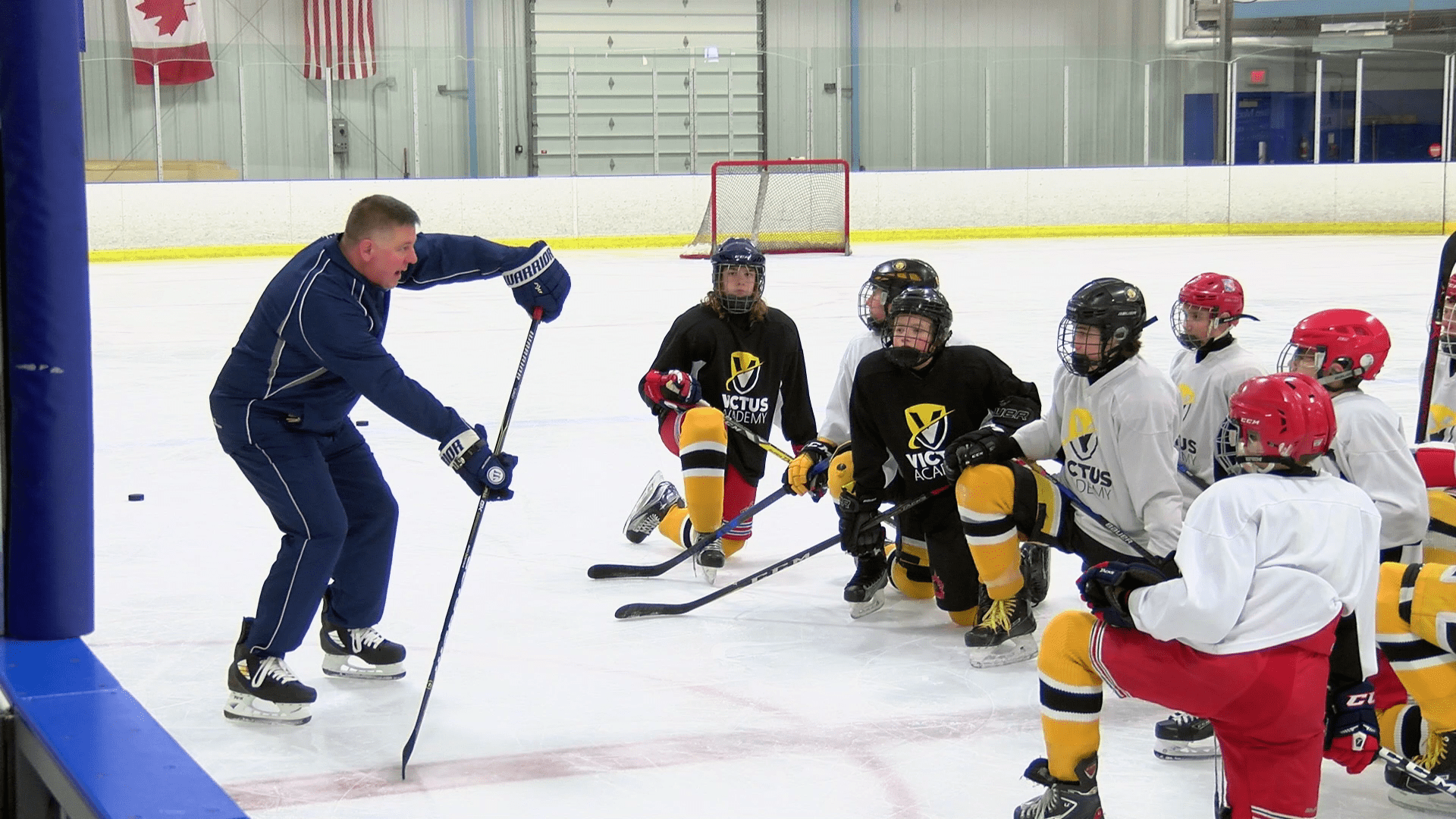If you watch any hockey game today, you may notice something interesting. When the players are on the ice, they only have control of the puck every so often. They get an opportunity to pass infrequently, and the same goes for taking a shot at the net. However, there’s something that every hockey player is always doing while playing the game: skating.
Yeah, I guess that’s obvious, but that’s why skating is considered one of the most important skills in the sport of hockey. You can be a good stick handler and shooter and if you practice & improve your skating, it will help improve these and other skills as well. All hockey players need solid skating skills to become better at the game, and many coaches preach it and take the time to teach it as they should.
So, with skating being so crucial to the sport, here’s some info about hockey’s superstar skill.
Why is it Important?
Other than the obvious “you skate all the time when you play hockey,” here are some benefits that come with being able to skate well:
1. Speed
Since skating is the way you move around in hockey, it makes sense that the faster you can skate, the faster you can get to the puck. There are countless situations in hockey where you will be racing an opposing team member to the puck. The player that gets to the puck first will secure control for their team, which is a big advantage. And that player will be the one who can skate the fastest.
Having great speed also makes it easier to position yourself well on the ice. Hockey is a fast-paced game that is very dynamic. The positions of the players on the ice and the team which has control of the puck is constantly changing. Because of this, players need to be able to adapt to the game and re-position themselves as fast as possible, so they can be reactive.
2. Agility
With fantastic skating comes the ability to be agile on the ice. It’s not only important to reach the puck first, but once you have it, you need to be able to avoid the enemy players and create good opportunities for you to pass and shoot. If you can skate well, then you have the agility and fancy footwork to dodge the opposing team and shut down their attempts to steal the puck.
3. Turning and Pivoting
This skill is alike agility in that it has to do with more finessed foot movements. In fact, it goes hand in hand with both speed and agility. The expert skater can turn and pivot themselves almost instantly to face their desired direction. They can then apply either their speed to get to the puck or their agility to try and steal the puck or deke an opponent.
Pivoting and turning also benefits a player’s reaction time. The faster you can change your direction, the faster you can see in the new direction. You’ll be able to view the ice and react to new situations faster. True, the time difference is small, but it is a slight advantage. You’ll spend less time having to orient yourself and more time thinking about what you should do next: where you should skate, who you should cover, etc.
The Evolution of Skating
Hockey has only been around for a century and a half now, which compared to all human history, is very new. However, skating itself has a much longer history in human culture, dating back 5000 years ago. Back then, skates were needed to traverse large lakes. They were made from flattened animal bones and a few leather straps, and unlike skates today, they attached to other footwear and couldn’t be work directly on bare feet.
In the 1500’s, the bone blade was replaced by a sharper metal blade, which made skating much easier. Over the years, people were using skates less for necessity and more for recreation. Once sports like ice hockey and figure skating came about, hoards of inventors raced to develop better forms of skates. They played around with the way they attached to shoes, the type of metal they were made of, and the sharpness and length of the blade. Eventually, in the early 1900’s, people settled on the skate design as we know it today: having the blade attached to a whole boot, sold as one piece. And in the last hundred years, that model of skate has been refined countless times to optimize comfort and performance on the ice.
A Good Investment
True, any hockey player can work on their skating skills with just a pair of rickety old blades and a backyard pond. However, becoming an excellent skater usually comes with a bit of an investment, namely in the form of buying good-quality skates and paying for quality skating instruction.
Back when hockey was first invented, around 1875, ice skates were cheap. Unfortunately, as the sport has developed over the years, the price of skates has increased at the same time. Of course, the cost of a given pair of skates depends both on the quality of the skates and the age group they were made for. In general, a lower-quality pair of blades for a younger child will cost around $60, and a high-quality pair for a midget, junior, or senior player can cost upwards of $500 or more! That’s some serious cash for a couple of metal blades on shoes!
On top of that, hockey teams or individual players sometimes choose to spend money on specialized skating instruction. While usually not cheap, these extra skating lessons from a highly trained teacher can give hockey players a huge advantage and learning boost.
So, that’s the lowdown on skating. Why it’s important in hockey, a bit of a history lesson, and even some information on what it costs to be a top-notch skater. There are many areas of focus for a hockey player when they train, both on and off the ice. Shooting, stickhandling, strategic thinking, healthy eating and rituals, the list goes on and on. However, skating is without a doubt at the top of that list. Everything in hockey starts and ends with skating. So what are you waiting for? Get out on the ice and start training!
You can watch and Learn from NHL Skating Coach Lucas Lawson in his online Hockey Skating Training Course @ www.HockeySkillsTraining.com.







